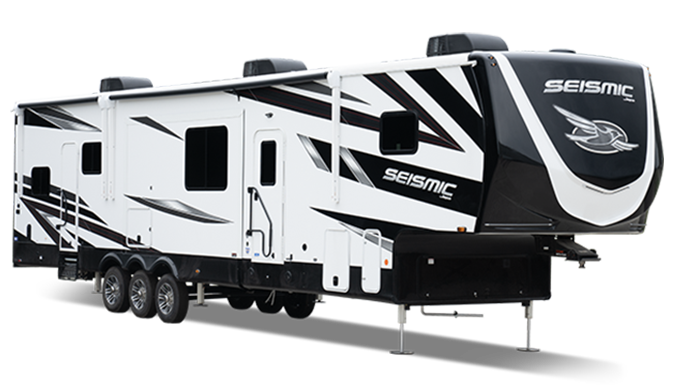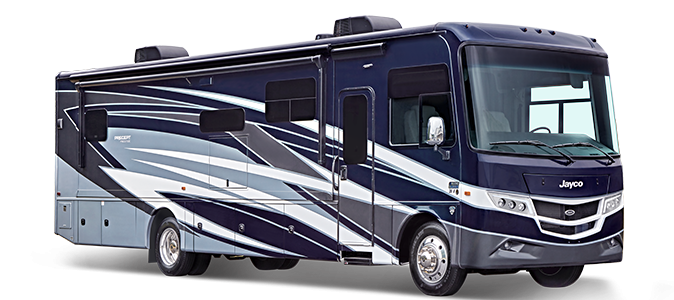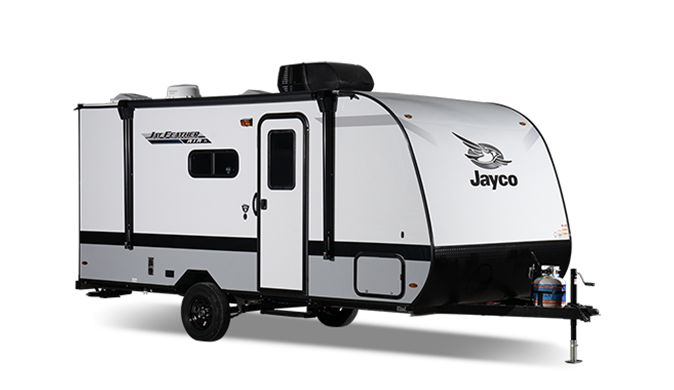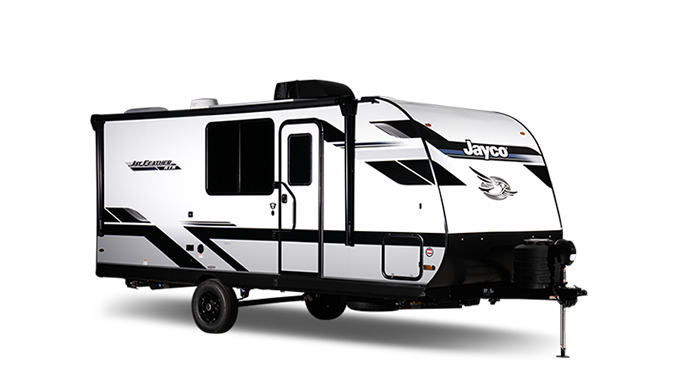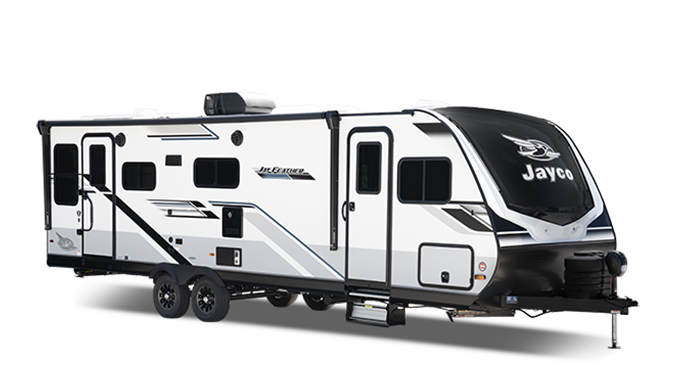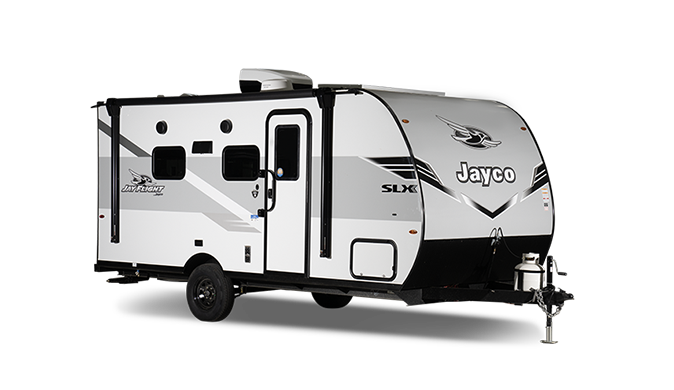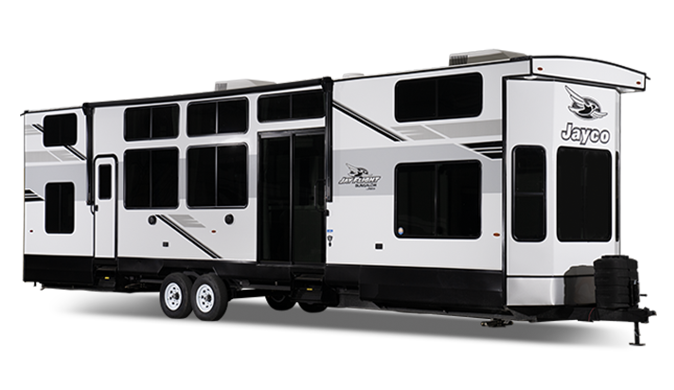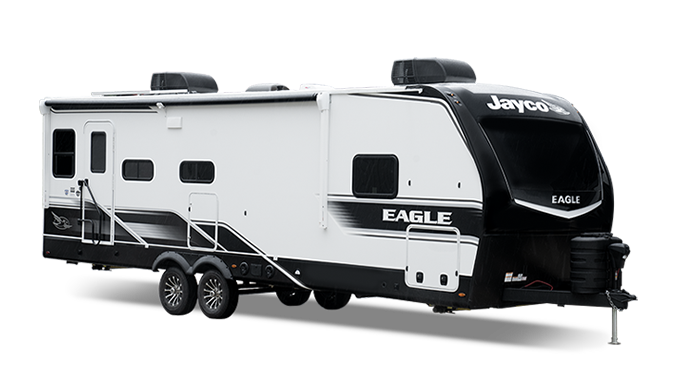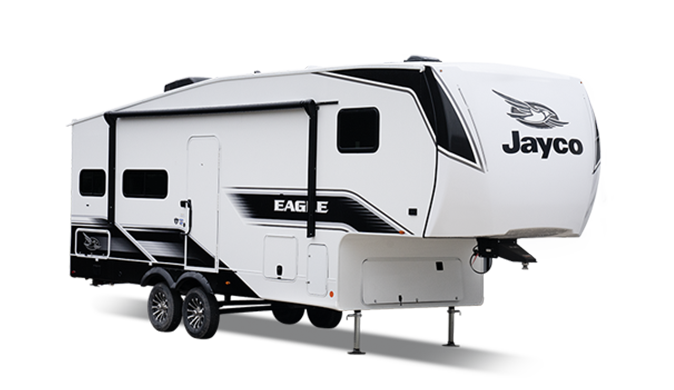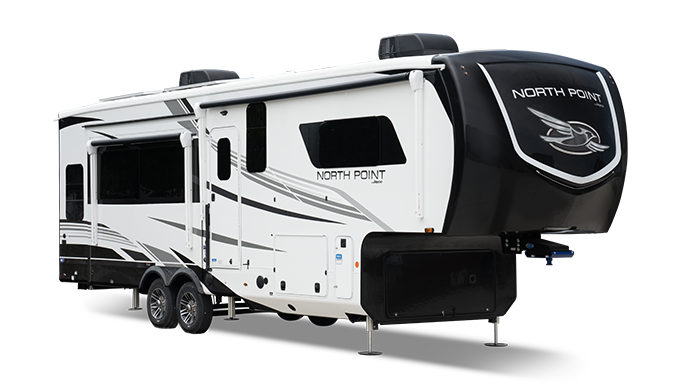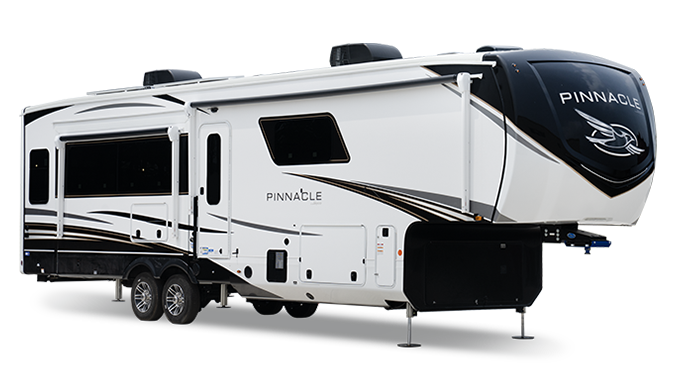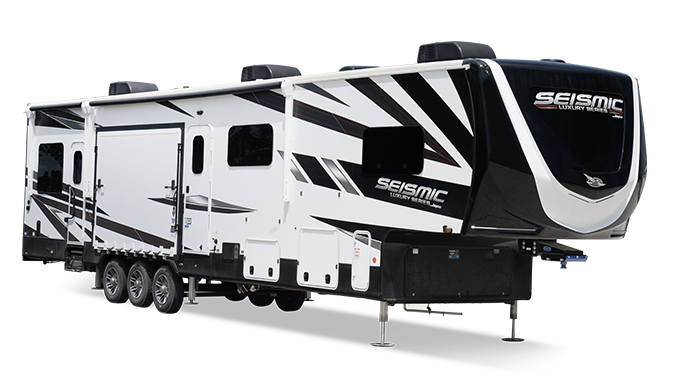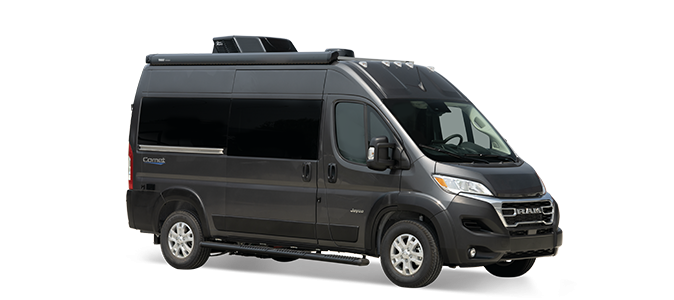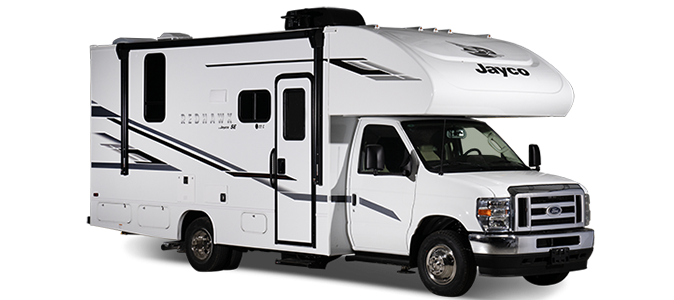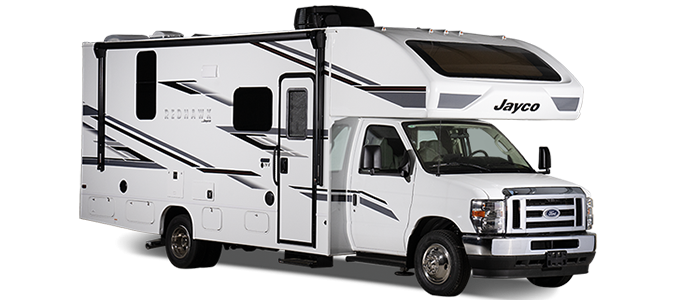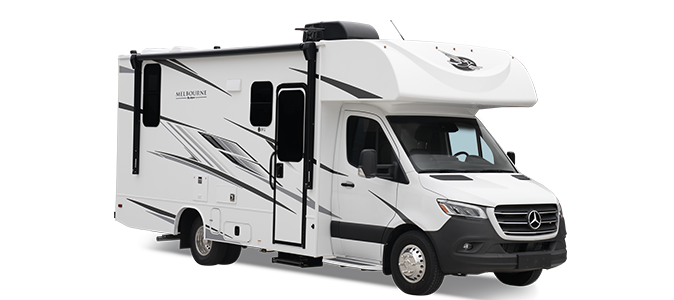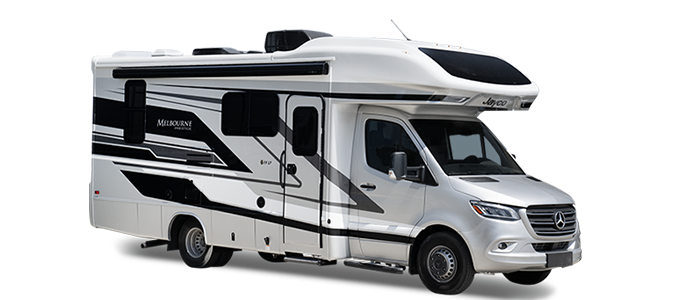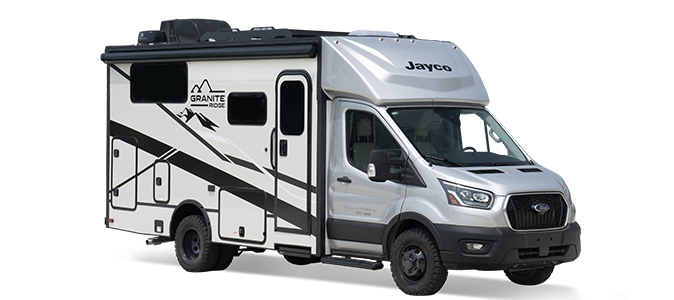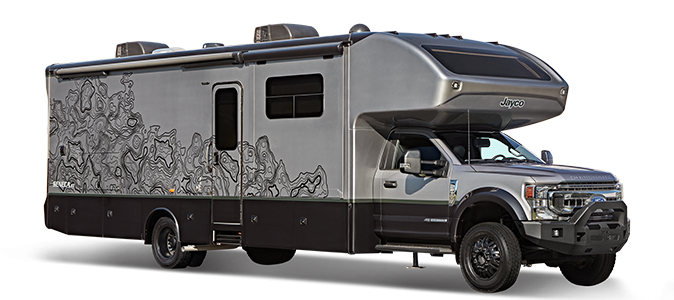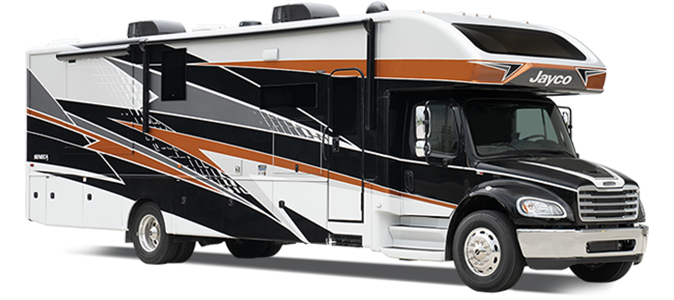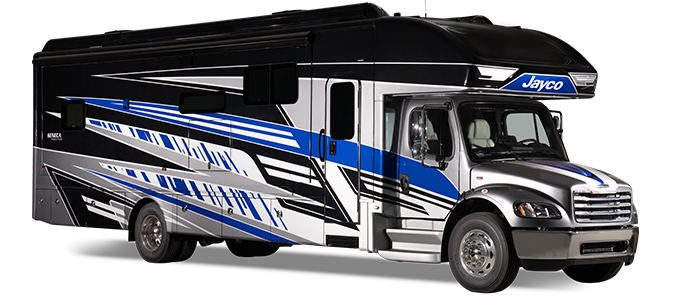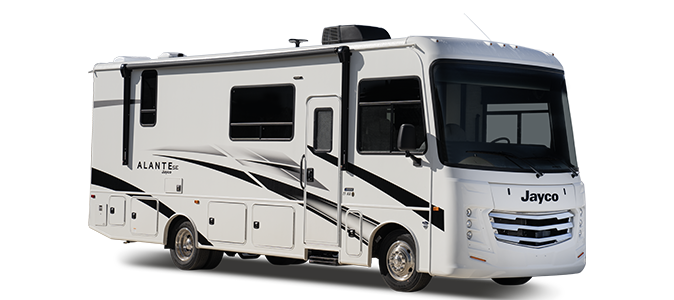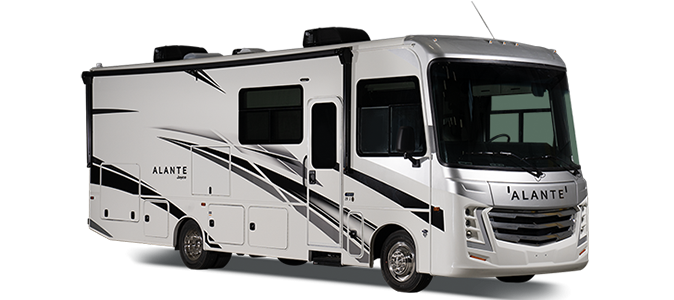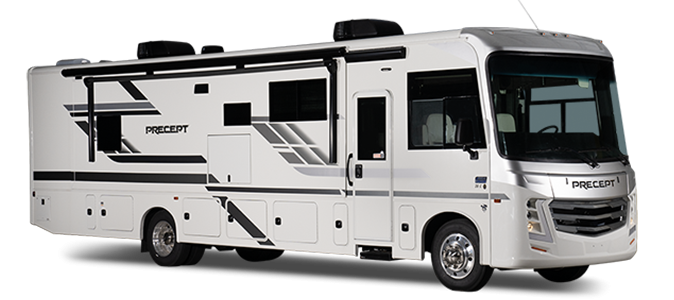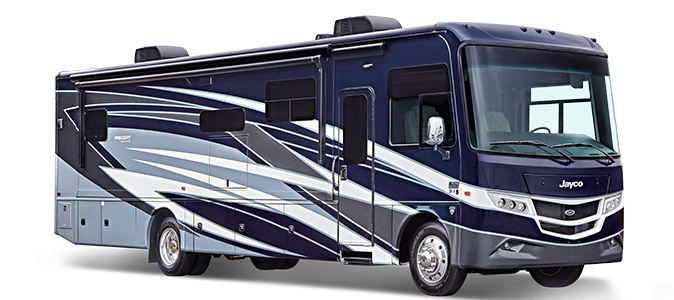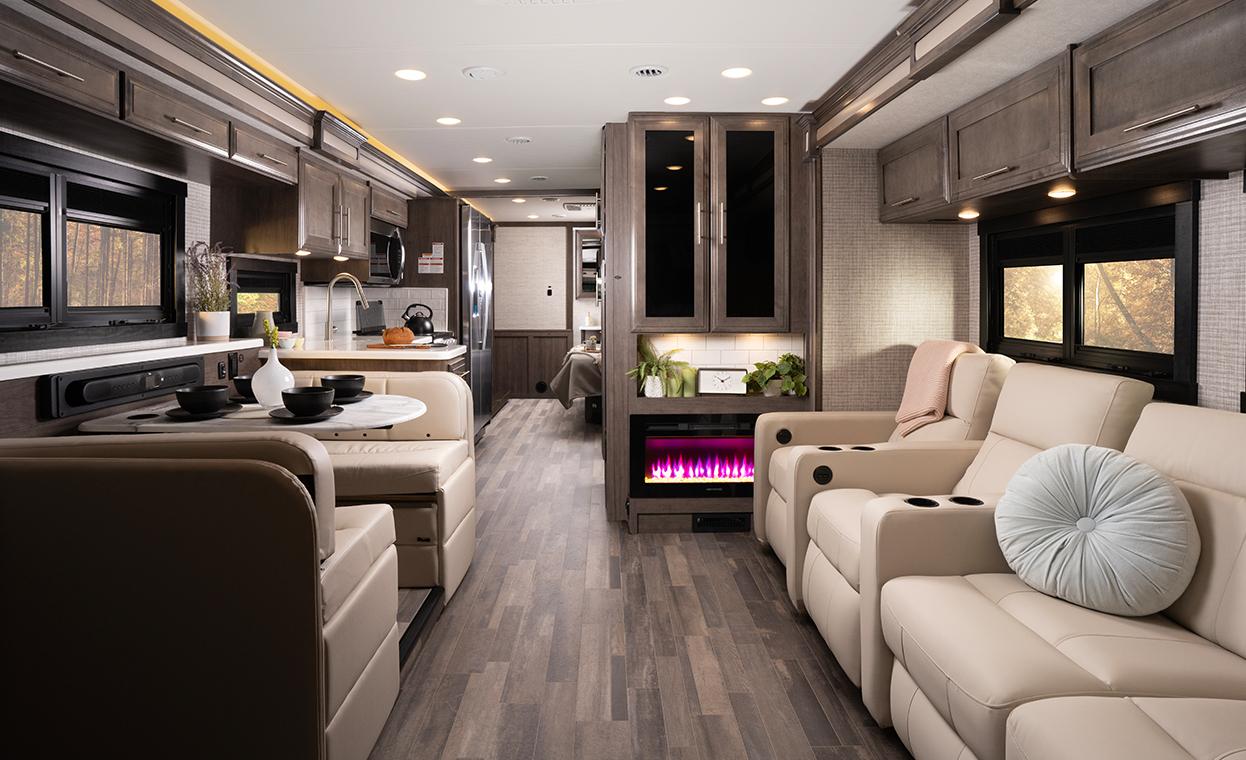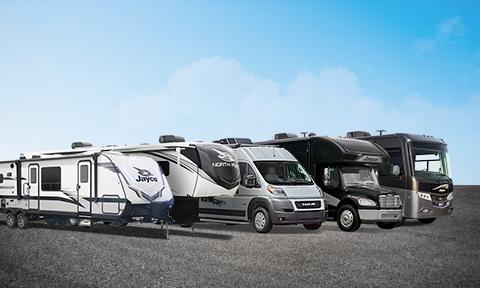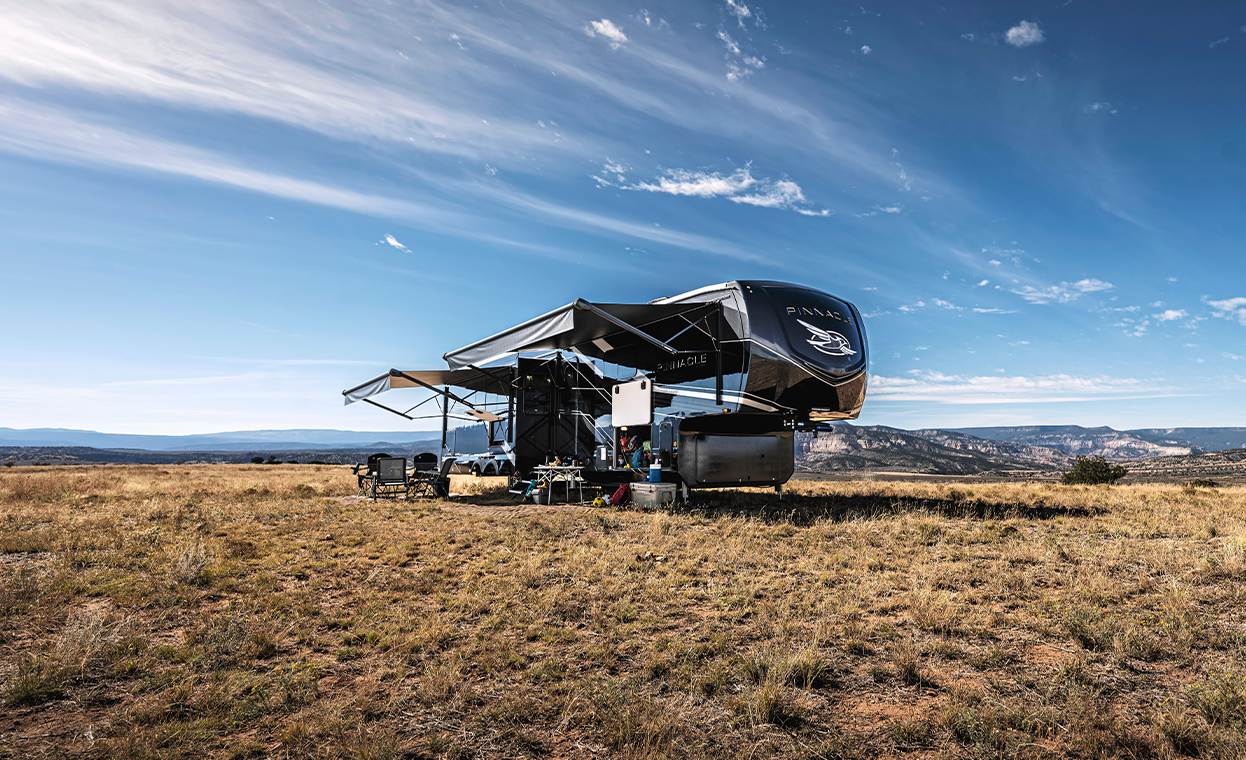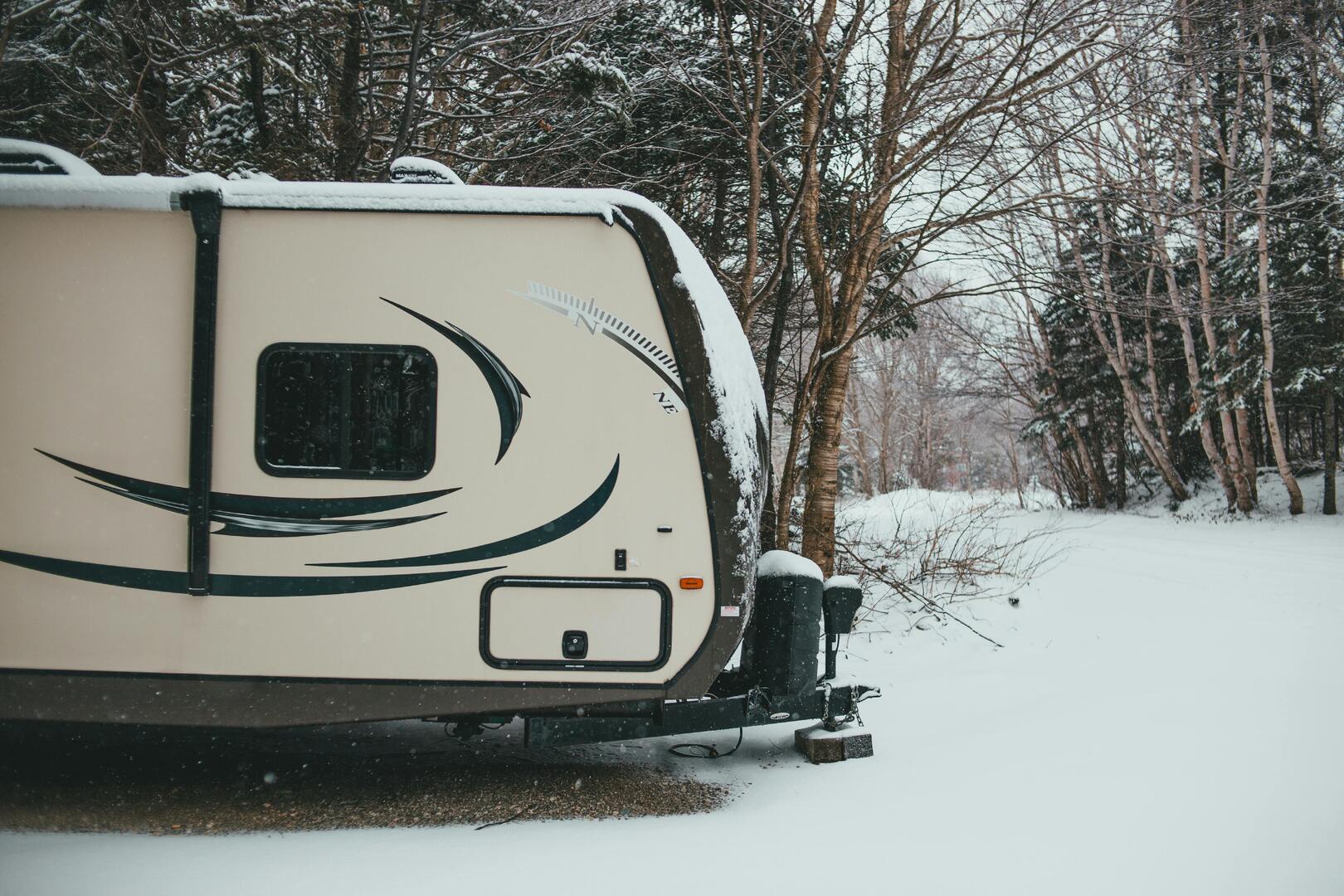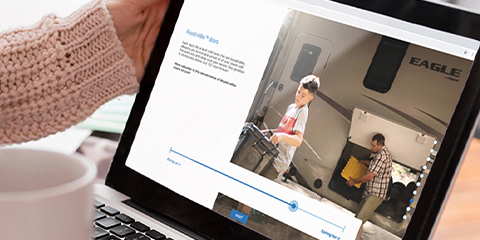Types of RV Hookups
RV hookups generally fall into three categories: full hookups, partial hookups and DIY setups at home. Knowing what each offers will help you prepare for your next trip.
Understanding Full Hookups
Full hookups provide water, electricity and sewer connections, giving you all the comforts of home. Perfect for extended stays, full hookups make it easy to run your RV’s appliances, use its water supply and empty waste tanks without moving your rig.
Partial Hookups Explained
Partial hookups typically include water and electricity or sometimes just electricity. They’re ideal for shorter trips or for those who enjoy a more primitive camping experience. While you’ll need to monitor waste tank levels, these setups can still provide a comfortable stay.
Ready to find your perfect RV? Visit Jayco’s RV lineup to browse travel trailers, motorhomes and fifth wheels designed for every adventure.
DIY Hookups on Your Property
For RV owners wanting to camp at home or prepare for a trip, establishing hookups on your property is a great option. With the right tools and professional guidance, you can create a convenient space for plugging your RV into a reliable water and power source.
RV Electrical Hookups: Powering Your RV
Electricity is essential for keeping your RV’s systems running smoothly, but not all power connections are the same.
Choosing Between 30-Amp or 50-Amp Connections
Most RVs use either 30-amp or 50-amp connections. Smaller RVs typically require 30 amps, while larger rigs with more appliances need 50 amps. Check your RV’s power requirements before heading out to ensure you have the right setup for the campsite.
Safety Tips for Electrical Hookups
Always use a surge protector when connecting your RV to an electrical source. This device protects your RV’s systems from power surges or faulty connections. Before plugging your RV in, double-check the amperage and ensure the breaker is off to avoid accidental shocks or damage.
Water Hookups: Staying Hydrated on the Road
Connecting your RV to a reliable water source ensures you have clean water for drinking, cooking and cleaning.
Setting Up Your RV Water Supply
Attach a water hose from your RV to the campground’s water supply, using a pressure regulator to prevent damage to your RV’s plumbing. This simple step keeps water pressure at safe levels while maintaining a steady flow.
Water Quality and Filtration Tips
A water filter is essential for ensuring your water is clean and safe to use. It’s especially helpful when camping at different locations where water quality can vary. Adding this to your setup will give you peace of mind wherever you hook up.
Sewer Hookups: Managing Waste Water
Proper waste management is crucial for maintaining a clean, odor-free RV.
Connecting Your Sewer Hose
Start by securely attaching your sewer hose to your RV and the campsite’s sewer connection. Ensure the hose is properly sealed to prevent leaks and use a support system to maintain proper flow.
Managing Black and Gray Tanks
Black tanks hold waste from the toilet, while gray tanks collect water from sinks and showers. Empty the gray tank last to flush the sewer hose and minimize odors. Regularly monitor tank levels to avoid overflows and always use gloves when handling the sewer hose.
Essential Accessories for RV Hookups
Having the right tools makes all the difference when setting up your RV hookups.
- Sewer Hose: A durable, leak-proof sewer hose is a must for managing waste water.
- Water Hose and Pressure Regulator: These ensure a steady, safe water supply to your RV.
- Surge Protector: Protects your RV’s electrical systems from power fluctuations
Investing in quality accessories will make setup easier and prevent potential issues during your travels.
Discover your perfect RV layout with Jayco’s floorplans. Explore a variety of designs tailored to meet your unique needs.
Tips for First-Time RV Owners
If you’re new to RVing, setting up hookups might seem intimidating, but with a little preparation, it can be a breeze.
Common Mistakes to Avoid
Avoid common errors like plugging into the wrong power source or skipping the use of a pressure regulator. Take time to familiarize yourself with your RV’s systems before hitting the road.
Planning Ahead for Full Hookups
Full hookups are popular, so it’s a good idea to reserve your campsite early during peak seasons. Research campgrounds that cater to RVs and offer the amenities you need for a stress-free stay.
Troubleshooting Common RV Hookup Issues
Even seasoned RVers encounter occasional problems, but knowing how to troubleshoot can save time and frustration.
Power Problems: What to Check
If your RV isn’t receiving power, check the breaker at the campground’s hookup station. Ensure your surge protector and power cord are functioning correctly before reaching out for assistance.
Water Supply Challenges
Low water pressure? Check your pressure regulator and inspect the hose for kinks or damage. Always carry a backup hose just in case.
Sewer Hookup Tips
Clogs can happen, so use tank treatments to break down waste and avoid buildup. If draining slows, check for obstructions in the hose and clear them as needed.
Looking to find your dream RV? Use our Jayco dealer locator to connect with knowledgeable experts and explore nearby inventory.
Making the Most of RV Hookups
Understanding and properly managing your RV hookups can transform your camping experience, making it more comfortable and convenient. By following these tips and investing in the right tools, you’ll be ready for your next adventure. Whether you’re connecting to full hookups or managing a DIY setup at home, having the knowledge to navigate these systems ensures you can enjoy the freedom of RV living to the fullest.



